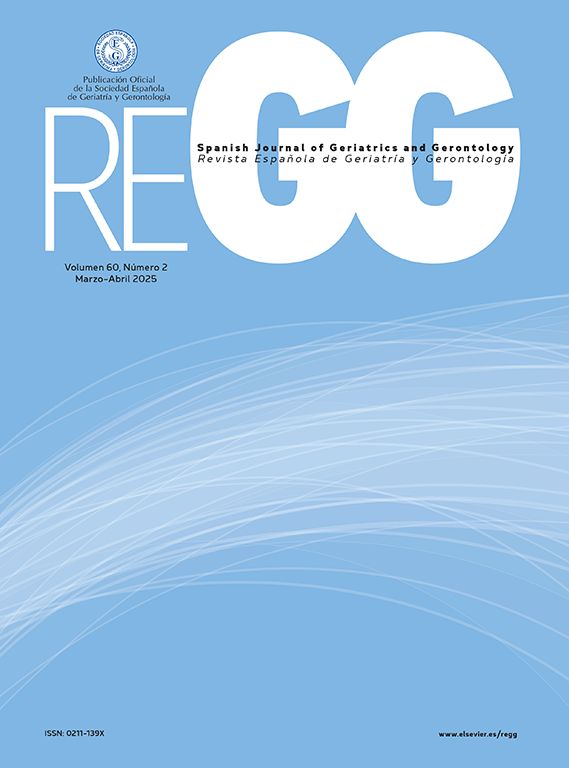el objetivo del presente estudio fue determinar si las mitocondrias dañadas oxidativamente, con un control respiratorio disminuido, producen más radicales libres que en condiciones normales. Esto es importante en relación con propuestas actuales sobre la teoría mitocondrial de envejecimiento por radicales libres.
Material y métodolas mitocondrias fueron expuestas in vitro a un generador artificial de radicales libres. Se valoró el consumo de oxígeno mitocondrial en reposo (estado 4, sin ADP) y en estado activo (estado 3, con ADP). A partir de estos dos parámetros se obtuvo el valor del control respiratorio, que nos indica el grado de funcionalidad de las mitocondrias. Paralelamente, se midió la producción de H2O2 en la misma suspensión mitocondrial.
Resultadosel complejo I se vio más afectado por el daño inducido por radicales libres que los complejos II/III. Sin embargo, no se detectaron cambios estadísticamente significativos en la producción de especies reactivas del oxígeno en ninguno de los complejos respiratorios estudiados.
Conclusioneslos presentes resultados sugieren que las mitocondrias dañadas oxidativamente no tienen por qué producir necesariamente más radicales libres. Por tanto, la teoría del círculo vicioso de producción de radicales libres en relación con envejecimiento no es necesariamente cierta.
to ascertain whether oxidatively damaged mitochondria, showing a decreased respiratory control index, produce more free radicals than non-stressed mitochondria. This is relevant in relation to present models of the mitochondrial free radical theory of ageing.
Material and methodmitochondria were exposed in vitro to an artificial free radical generator. Oxygen consumption at rest (state 4, without adenosine 5'-diphosphate [ADP]) and under active phosphorylation (state 3, with ADP) was measured and the respiratory control ratio was calculated indicating the degree of functionality of the mitochondria. In the same mitochondria H2O2 production was measured in parallel.
Resultscomplex I was more affected than complex II/III by free radical-induced damage. However, mitochondrial production of reactive oxygen species remained unchanged in all the respiratory complexes.
Conclusionsthe present results suggest that oxidatively damaged mitochondria do not necessarily increase their rate of free radical generation. Thus, the vicious circle theory of mitochondrial free radical generation in relation to ageing is not necessarily true.
Premio de Investigación Salgado Alba 2003.
Financiado con el proyecto SAF2002-01635 del Ministerio de Ciencia y Tecnología. Ricardo Gredilla y Alberto Sanz contaron durante la realización de este trabajo con una beca de la Consejería de Educación de la Comunidad de Madrid y de la Universidad Complutense de Madrid, respectivamente.






